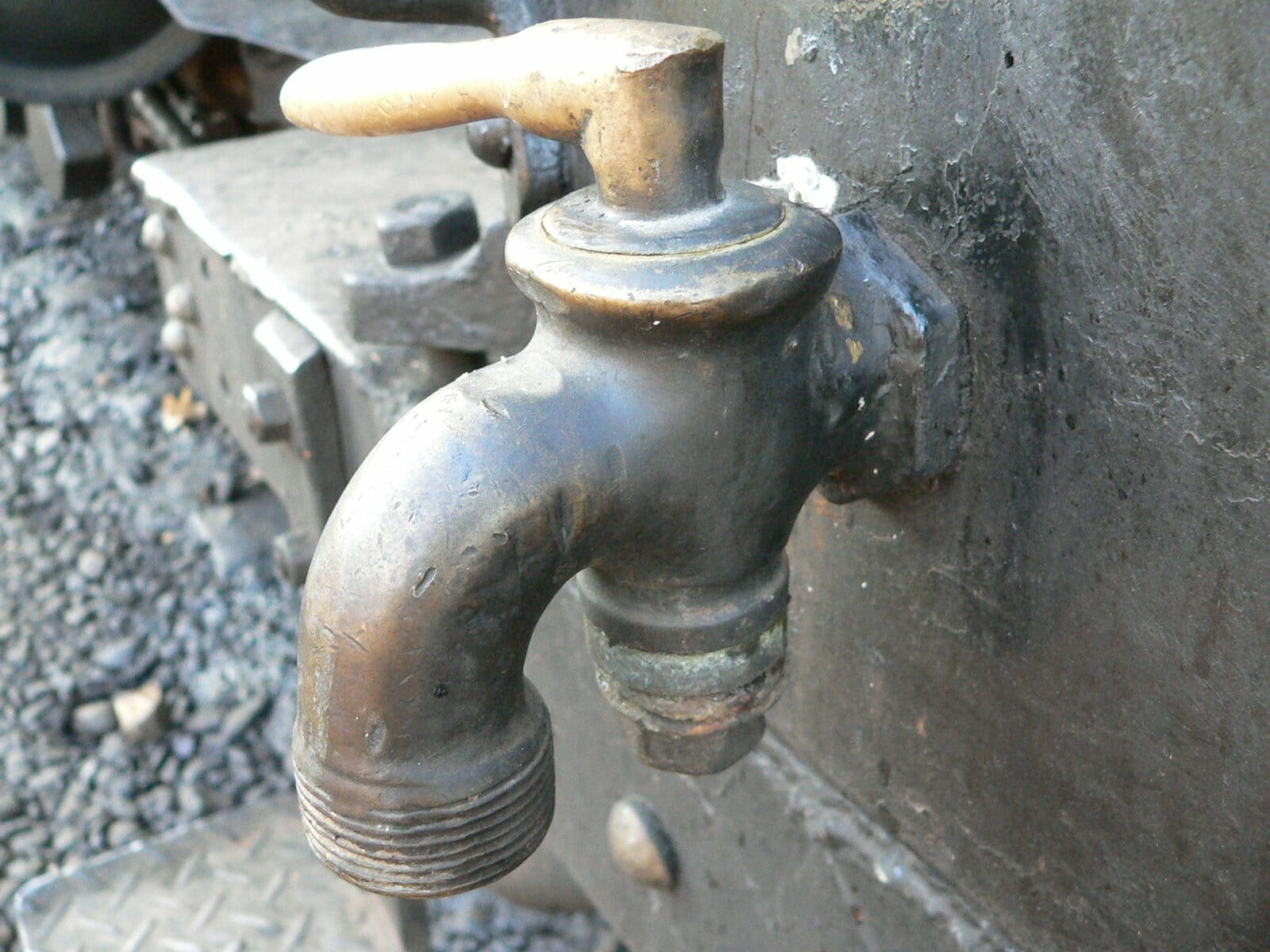While you know where you can bathe, brush your teeth or wash dishes, you may not know where all the plumbing that connects to these fixtures is located. Knowing where all your plumbing is located is helpful to spot potential leaks and avoid the problematic water damage and mold that develop from a hidden leak being left unrepaired. So, here we will explore where you can expect to find all the plumbing in your home.
The Kitchen
With so many water using appliances in and around the kitchen, it is easy to assume that there are lots of pipes connecting these, but you may not know where. Most of your kitchen plumbing is in the cabinets underneath your kitchen sink. This will include the supply and waste pipes for your kitchen sink and a second set of waste and supply pipes connecting to your dishwasher. You may also have a cold water supply line that leads to your refrigerator ice maker. Fortunately, since most of the pipes and connections are under the kitchen sink, it makes it easier to keep an eye out for leaks. Look out for any signs of water in the cabinet under the sink, so you can quickly diagnose even the smallest of leaks.
The Bathrooms
Generally, bathroom plumbing tends to be hidden under your fixtures and behind the walls. Just like your kitchen, the waste and supply pipes for the sink will be underneath in a cabinet or vanity, but the pipes for your shower or bathtub is likely to be underneath, and in the wall, so you won’t be able to see them. The toilet sits atop of its waste drain, with a water supply line behind the fixture on the wall.
The Basement
Basements tend to house water pipes that run through your home. You may notice pipes along the ceiling or they may be concealed down the walls that connect to plumbing fixtures. Whether you have a finished or unfinished basement, you’re likely to have your laundry appliances and water heaters here, so the pipes and connections for these appliances will also be here. If your basement is finished, your plumbing may have been covered by drywall and a ceiling, so you’ll need to watch out for damp spots anywhere on the walls that are a sign of a leak.
Knowing where your plumbing is located is the first step to avoiding costly water damage. When you are aware of where most of the pipes and connections are placed, you’ll be able to watch out for any signs that a leak may have started. This will enable you to get the leak checked and repaired before masses of water damage can occur. Even a minor leak can allow gallons of water to accumulate, soaking drywall, flooring, ceilings and even timbers over time. An undiagnosed leak can also create a moist environment where mold and mildew will thrive, creating unpleasant smells and potentially hazardous spores.
If your water usage has increased or you notice damp spots on wall, floors or ceilings, you may have a leak. If you suspect you have a water leak, it is best to err on the side of caution and
call in a professional plumber. An experienced professional can assess your plumbing system to detect any leaks and ensure the problem is corrected with minimal damage.
By Giovanni Longo President Flood Brothers Plumbing
Giovanni Longo is a 3rd generation master plumber who has been practicing his craft and trade in the greater Los Angeles area for well over a decade and a half. A plumbing and hydraulics-engineering innovator, Giovanni’s particular world-class expertise focuses on dealing with challenging sewer system designs as well as resolving complex commercial and residential draining issues. As a certified Flood Mitigation expert, he is also well versed in a wide variety of water damage and remediation solution.





